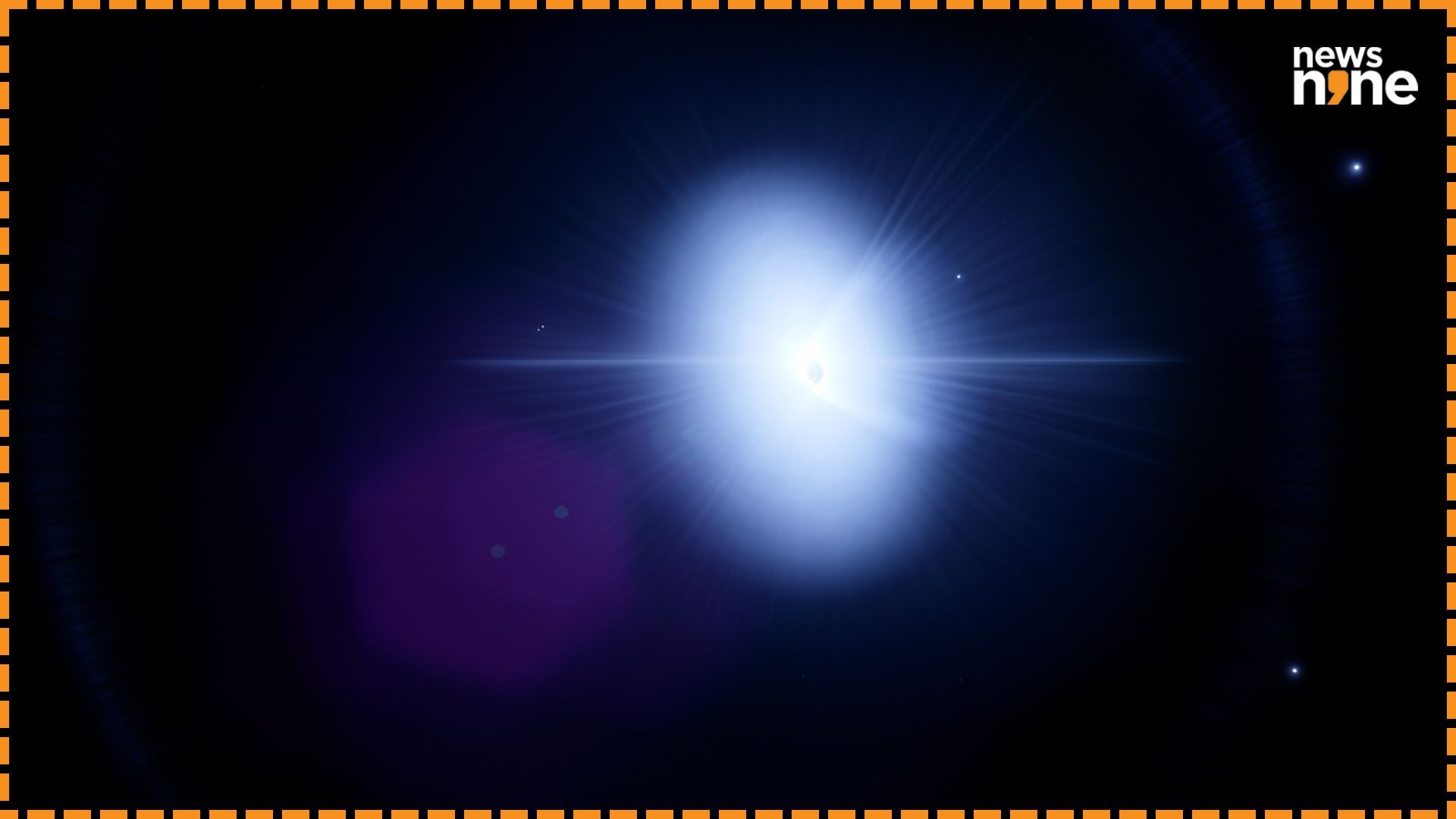New Delhi: Researchers from the Indian Institute of Astrophysics have investigated the influence of gas outflows as well as radiations from supermassive black holes occupying the hearts of galaxies, on the surrounding galaxies. Both of these processes drive away gas and dust from the galaxy, the raw material from which new stars are formed. As a result, powerful and active supermassive black holes quench star formation in the surrounding galaxies. The researchers wanted to better understand why some galaxies have very low star formation rates. The research reveals that both the processes, the black hole winds as well as the radiation play a role in quenching star formation, and regulating the growth of the surrounding galaxies.

An AGN with radiation and jets drives stronger outflows compared to an AGN with only radiation. (Image Credit: DST).
The researchers used archival data from the Sloan Digital Sky Survey (SDSS) telescope in optical frequencies, as well as the Very Large Array (VLA) in radio wavelengths. Archival data means data that was not specifically captured for this study. Both the instruments are located in the United States. The observations were used to examine 500 nearby galaxies with active galactic nuclei (AGN), that contain actively feeding black holes. The extreme friction in the tortured material falling inwards causes the accretion disk to glow in frequencies across the electromagnetic spectrum, at times outshining all the stars in the surrounding galaxies.
Supermassive black holes almost entirely quench star formation
A paper describing the findings has been published in The Astrophysical Journal. Lead author of the paper Payel Nandi explains, “We found that outflows of warm ionized gas are widespread in AGN, and while radiation from the black hole is the main driver, galaxies with radio jets show significantly faster and more energetic outflows.” The research revealed that star formation is almost completely shut down in galaxies hosting AGNs, a phenomenon known as negative AGN feedback. The research highlights the value of combining multiwavelength observations to get a better understanding of galaxy evolution.
